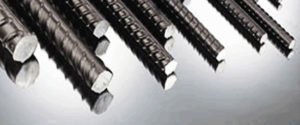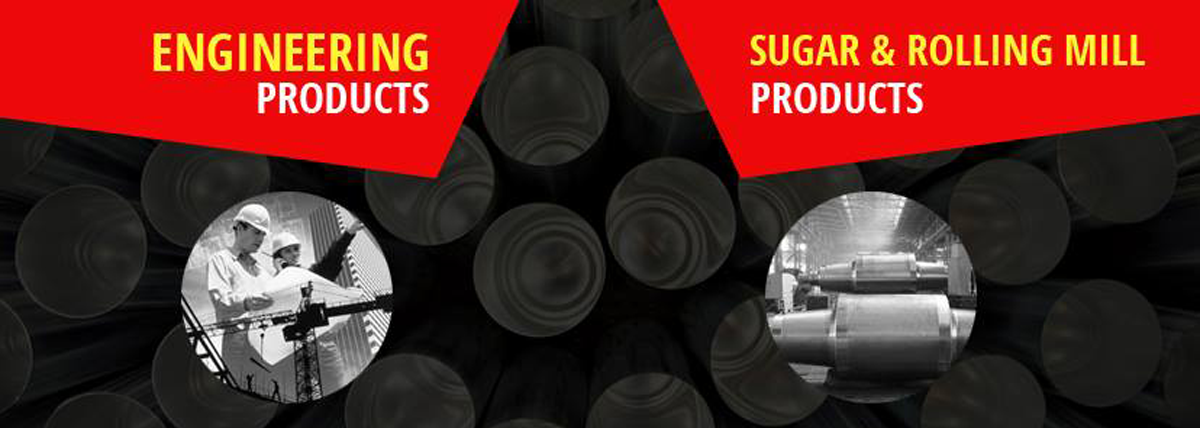
Have you ever thought why escalators and elevators remain rust-free and steely clean? Why do station structures, underground metros, waste treatment plants do not get affected by rust? This is because these structures use material that is highly durable, reliable and resistant to rust and that material is alloy steel round bars!
Alloy steel round bars are made of several metals which are combined together in a certain proportion. The addition of non-corrosive metals during the making of steel imparts the anti-rust properties making it more resilient to use. Depending on how the steel bars are made you have the cold finished bars or hot finished bars. A lot of testing on several parameters is conducted before the bars are declared fit for use. Some of the parameters on which testing is done are elongation, tensile strength, Brinell hardness and strength. Around 10% of chromium plus varied amounts of nickel, nitrogen, molybdenum etc go into the making of the steel bars. Being produced in controlled environments and with specific components, the bars are equipped with several properties of durability, resilience, resistant to breakages and rusting etc. The steel bars are used to a large extent in construction projects in addition to being used in the marine industry, mining, automotive industry, dairy processing plants, public transport and many more. Another form of this metal used in the same applications is the unequal angles. Steel in the form of stainless steel plates find their way into the household kitchens too. Stainless steel is again one of the common materials used in the construction of v belts which are an indispensable part of almost every industrial application.
The steel round bars are made in a blast furnace. As the furnace gets heated, specific amounts of nickel, nitrogen and molybdenum make contact with carbon electrodes which are aligned for the purpose. Temperatures are set at very high levels during this process. As the melting point of the blast furnace is reached the different metals bind together to form one single metal alloy. This is then led into a separate vessel created of argon. De-carbonization takes place here and after this procedure the process of casting and shaping for use in different applications begins.
Depending upon the percentages of the metals used you have three types of stainless steel alloys namely austenitic, martensitic and ferritic. Today, the steel bars are available in a variety of finishes, sizes and dimensions to suit the needs of the varied customer. The list of industries that find use for them is just endless and hence extra attention is paid to the quality of the output that comes out of the manufacturing plant. Top quality raw materials and sophisticated techniques are used for the manufacture process. With the demand for them increasing globally, pricing of these products has also become competitive.
Today, alloy steel round bars have come a long way since earlier times and with the whole world being dependent upon them for a number of things it is a good thing that they have!

